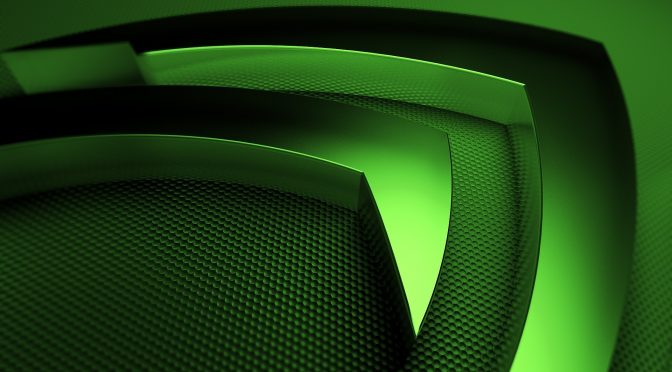NVIDIA has reported revenue for the first quarter ended April 28, 2019, of $2.22 billion compared with $3.21 billion a year earlier and $2.21 billion in the previous quarter. This basically means that the green team saw a drop of 31% compared to its last year’s earnings. Still, the good news is that the team also saw a 1% increase from last quarter’s earnings.
Jensen Huang, founder and CEO of NVIDIA, said:
“NVIDIA is back on an upward trajectory. We’ve returned to growth in gaming, with nearly 100 new GeForce Max-Q laptops shipping. And NVIDIA RTX has gained broad industry support, making ray tracing the standard for next-generation gaming.”
For its second quarter of fiscal 2020, NVIDIA expects its revenue to be $2.55 billion (plus or minus 2 percent). Furthermore, NVIDIA announced a record number of gaming laptop models based on Turing GPUs from the world’s top makers, bringing the total launched this year to nearly 100.
Rumour has it that NVIDIA will launch some new Turing graphics cards in the third quarter of 2019 in order to rival the launch of AMD’s NAVI graphics cards. Although this has not been confirmed yet, it certainly sounds possible (though from what we know so far, NAVI won’t be able to top the performance of the RTX 2080Ti so my guess is that we may see new Turing GPUs for the mid-tier market).
Jensen Huang added:
“Our strategy with RTX was to take a lead and move the world to ray tracing. And at this point I think it’s fairly safe to say that that the leadership position that we’ve taken has turned into a movement that has turned next generation gaming ray tracing into a standard. Almost every single game platform will have to have ray tracing and some of them already announced it and the partnerships that we’ve developed are fantastic.
Microsoft DXR is supporting ray tracing, Unity supports ray tracing, Epic is supporting ray tracing, leading publishers like EA have adopted RTX and support ray tracing, and movie studios, Pixar has adopted—announced that they’re using RTX and will use artifacts to accelerate their rendering of films.”

John is the founder and Editor in Chief at DSOGaming. He is a PC gaming fan and highly supports the modding and indie communities. Before creating DSOGaming, John worked on numerous gaming websites. While he is a die-hard PC gamer, his gaming roots can be found on consoles. John loved – and still does – the 16-bit consoles, and considers SNES to be one of the best consoles. Still, the PC platform won him over consoles. That was mainly due to 3DFX and its iconic dedicated 3D accelerator graphics card, Voodoo 2. John has also written a higher degree thesis on the “The Evolution of PC graphics cards.”
Contact: Email

